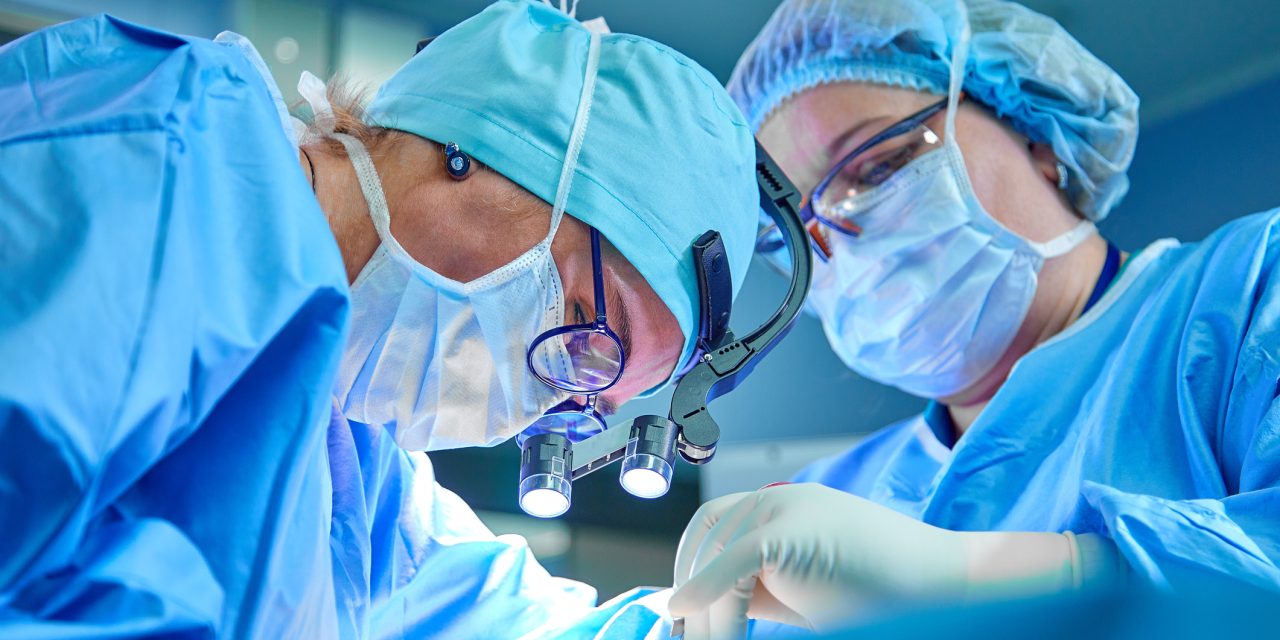After a severe traumatic brain injury, hypertonic saline (HTS) is routinely used to reduce intracranial pressure (ICP) in children (sTBI). While ICP and CPP have a moderate connection with TBI results, markers of cerebrovascular autoregulation improve the correlation of neuromonitoring data with neurological outcomes. For a study, the authors wanted to see how HTS delivery affected ICP, CPP, and autoregulation in pediatric patients with sTBI. The study comprised 28 pediatric patients with sTBI who were intubated and sedated. The autoregulation index PRx was used to actively regulate blood pressure and ICP (pressure relativity index to determine and maintain an optimal CPP [CPPopt]).
During the HTS administration, no significant differences in ICP and PRx were seen across groups. The reduction in ICP was much larger and lasted longer in children who had a good result (p < 0.001), and only this group demonstrated a significant increase in autoregulatory capacity (p = 0.048). The outcome groups were clearly distinguished using a newly developed HTS response measure. After sTBI, HTS dramatically reduced ICP in all children. This effect was substantially stronger and lasted longer in children who had a positive outcome.
Furthermore, HTS treatment repaired impaired autoregulation only in the positive result group. This outcome emphasizes the importance of “rescuable” autoregulation in terms of output, which could indicate injury severity. The impact of HTS on autoregulation, as well as other potential pathways, should be explored further.
Reference:thejns.org/pediatrics/view/journals/j-neurosurg-pediatr/28/6/article-p631.xml


